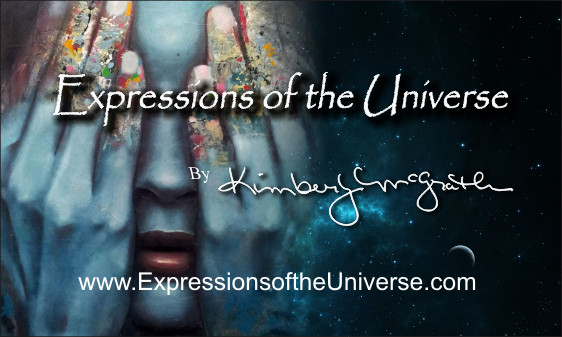
From Sciencealert.com Stuck at home with clear skies? We’re all in a similar situation, as the ongoing pandemic sees most of the worldwide amateur astronomy community observing from home or from their backyard.
One astronomical sure-fire event coming up this week requires no special equipment, just a set of working ‘Mk-1 eyeballs’ and a clear sky: the April Lyrids.
These springtime meteors get their name from the constellation Lyra, which also hosts the bright star Vega. The parallelogram shape of Lyra marks out the Lyre of Orpheus from Greek mythology, the musical instrument that the virtuoso played at the gates of Hades in an ill-fated attempt to win back Eurydice from the Underworld.
Perhaps, we can imagine the Lyrids as the ‘Tears of Orpheus,’ sliding silently through the April sky.
The curious history of the Lyrids
The April Lyrids are one of the oldest meteor showers recorded. Chinese historical records note that in the fourth month of 687 BC, “stars fell like rain”.
The Lyrids were identified as a modern shower by Johann Gottfried Galle in 1867. The source of the April Lyrid meteors is comet C/1861 G1 Thatcher, which orbits the Sun every 415 years and is projected to return around 2280 AD.
Prospects for 2020
The Lyrids are a modest shower on most years, but are prone to occasional outbursts, most notably in 1803, 1922 and 1982, when rates topped 250 an hour.
In 1803, a Richmond Virginia journalist noted “shooting stars… from one until three in the morning (that) seemed to fall from every point in the heavens…” Clearly, the Lyrids harbor some intense storm clumps, that seem to show up every 60 years or so. Perhaps we’ll see an uptick in activity come ’round 2040?
Observing Lyrids

Watching a meteor shower is as simple as observing the sky with the naked eye and waiting… no special equipment needed. Meteors can appear anywhere in the sky, but a good rule of thumb is to actually look off to either side of the shower radiant, to catch the meteors in profile.
Any Lyrids will trace their path through the sky back from the radiant in the constellation Lyra. Any that do not belong to other showers, or are sporadics.
From Space.com
You may not be able to see the moon in the sky tonight, but if you look up for long enough at a dark, clear sky, you may catch some “shooting stars.”
The annual Lyrid meteor shower peaks overnight tonight (April 21) and into the early hours of Wednesday (April 22), less than a day before the new moon. Without any glaring moonlight to obstruct the view, skywatchers will have an excellent view of the Lyrids this year — weather permitting.
From a dark, clear sky, observers in the Northern Hemisphere can expect to see as many as 10 to 20 meteors per hour during the shower’s peak. Because the shower is active from mid- to late April, some Lyrid meteors may still appear before and after the peak, but tonight will be your best chance to see them.
The shower’s peak will last for a few hours, but maximum activity is expected to occur around 2 a.m. EDT (0600 GMT) on Wednesday, according to the Observer’s Handbook of the Royal Astronomical Society of Canada. That’s about 20 hours before the moon reaches its new phase at 10:26 a.m. EDT (0226 GMT). That tiny sliver of a nearly-new moon still won’t be visible in the night sky, because the moon will be below the horizon. In New York City, for example, the moon sets at 6:23 p.m. local time tonight and rises again at 5:50 a.m. tomorrow.
To spot the Lyrids, find a dark sky away from light pollution and look up — ideally while lying on your back, so you don’t strain your neck. Lyrid meteors will appear to originate from a point in the sky on the border between the constellations Hercules and Lyra (home of the bright star Vega). This apparent point of origin, known as the meteor shower’s radiant, will be in the northeast after sunset and almost directly overhead in the hours before dawn.
Once you’ve located the radiant, don’t just stare at that spot all night. Longer streaks tend to appear farther from the shower’s radiant, so you might miss the best meteors if your eyes are glued on that singular spot all night (also, focusing on a single point in the dark for so long might strain your eyes).

